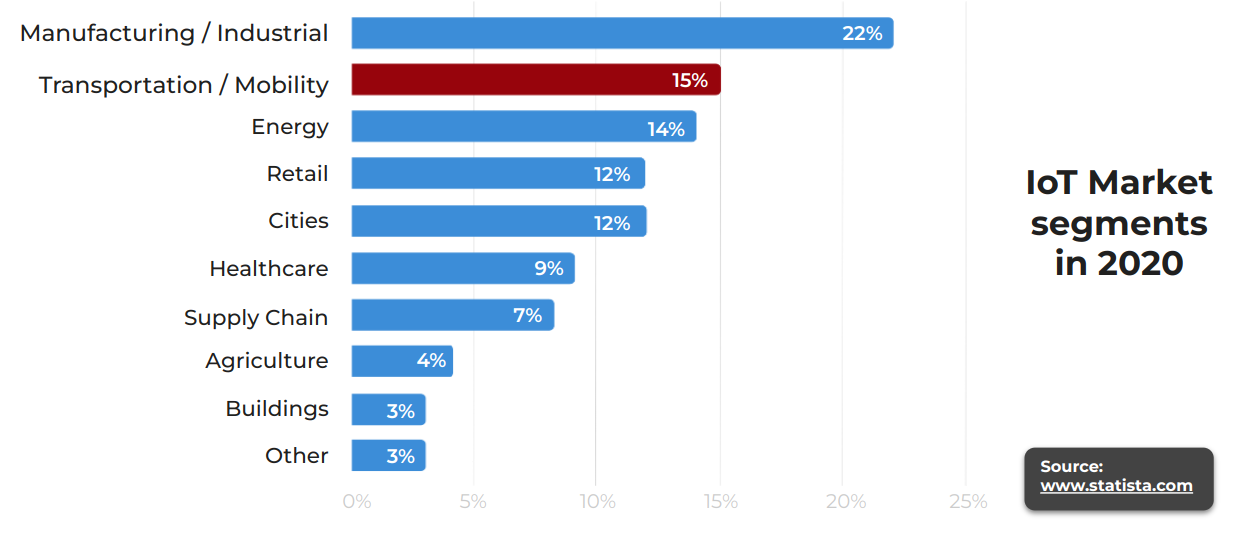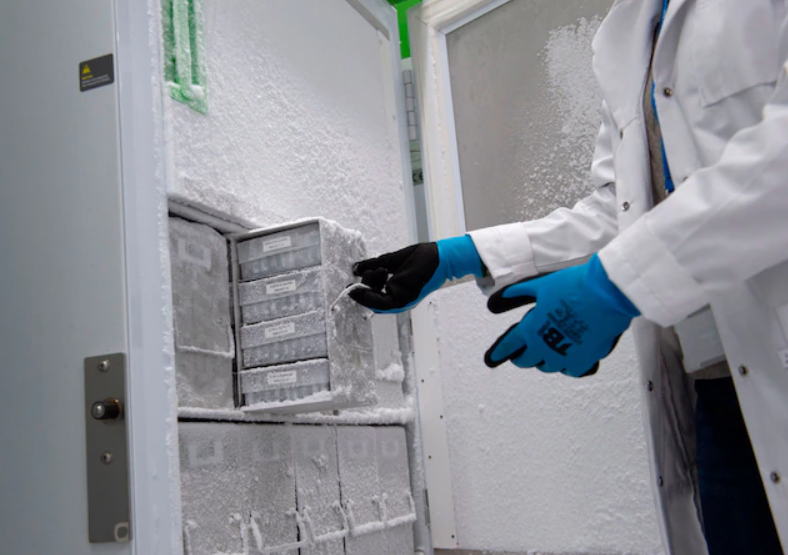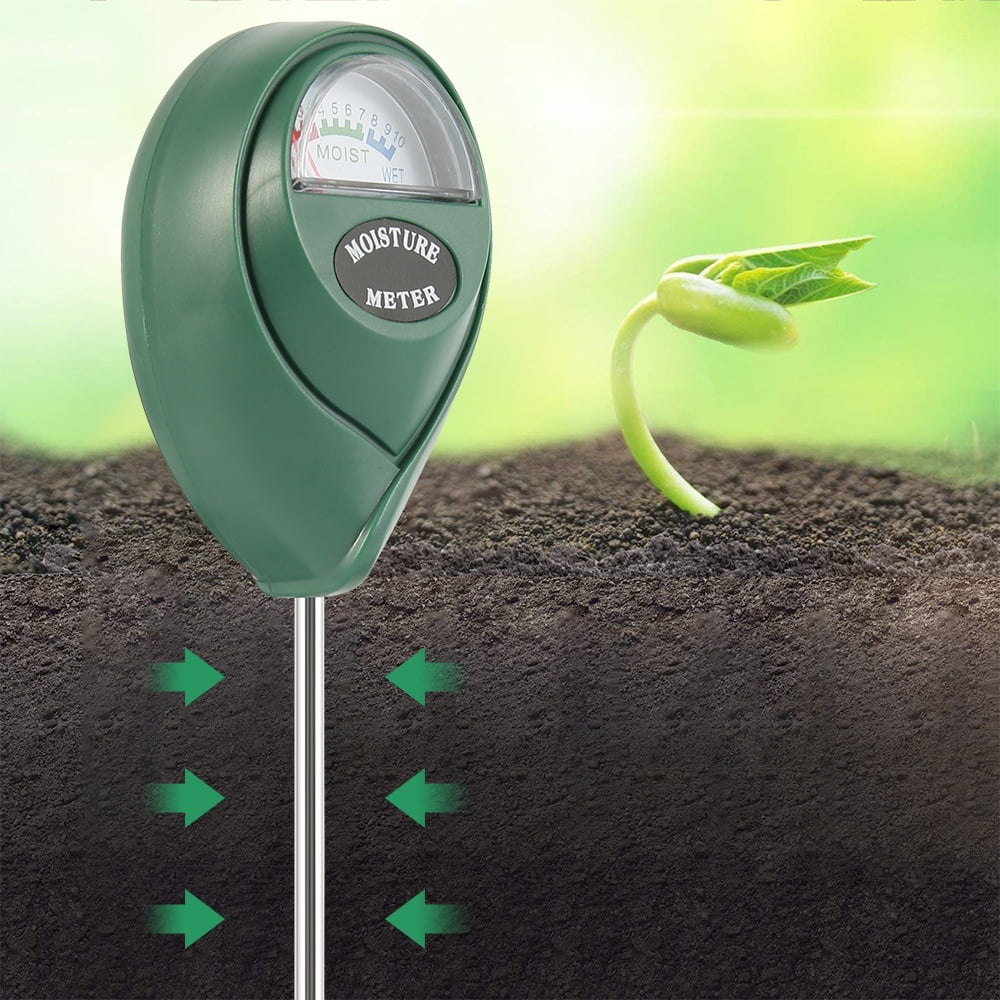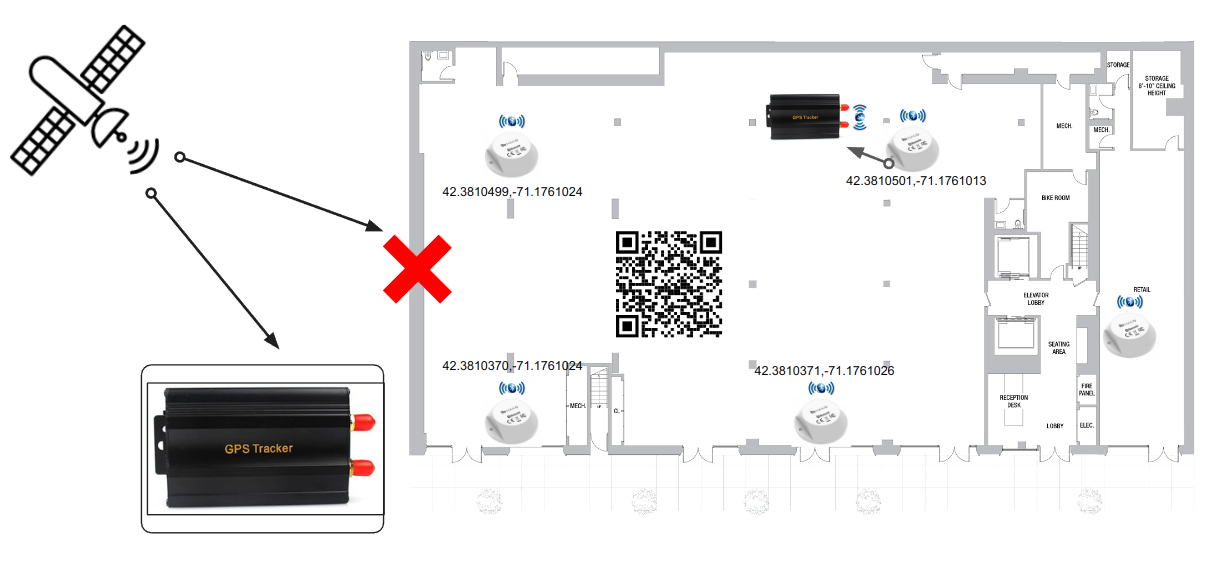Many people in our audience are seasoned professionals in transport telematics and fleet management. They know all the ins and outs of GPS trackers, fuel sensors, CAN buses, driving behavior analysis, monitoring software, and so on. But sometimes they want novelty, they want a challenge, they want to move forward. In this article, we discuss the ways to move forward without leaving the existing expertise but, on the contrary, by leveraging it to the fullest.
Telematics and IoT market dynamics
Transport telematics has been a rapidly growing market in the last 10-15 years. Now, it’s mature rather than emerging, which means lower profit margins, higher competition, and fewer truly innovative projects. It’s not to say that the market is not growing or stagnating — it does show steady growth and is still attractive (see forecast below). It’s just that it’s not disruptive and not a “blue ocean” market anymore:
Source: https://www.precedenceresearch.com/automotive-telematics-market
If you look at the Telematics market from a different perspective, as on the segment of a broader IoT market, we will see that it constitutes only 15 percent of the whole (according to Statista data for 2020), which, however, it is still the second-largest segment:
Another research by Statista says that the IoT market size doubles each 2-3 years. It means that plenty of new projects are popping up. The idea we want to promote in this article is that your experience in transport telematics can be transferred to these emerging niches.
What kind of experience are we talking about? To answer this question, let’s decompose the term “Internet of Things”. “Internet” is something virtual about communication and information technologies. And “Things” is something tangible from the real world. So, in essence, you already know how to connect things from the real world (collect the data from GPS trackers and manage them remotely) with the fleet management platforms (e.g. Wialon, Navixy, Mapon, etc.)
But who said that the platforms processing telemetry data must necessarily be focused on fleet management? It can well be an IoT platform like Thingsboard or a complex IoT cloud service like AWS IoT, Azure IoT, or Google IoT.
And who said that GPS trackers can be installed on vehicles only? Even though the GPS tracking devices were designed to be installed in vehicles and reliably work in the middle of nowhere, it does not mean that you can’t install them in the static fridge, or hang it under the ceiling to collect data from the sensors nearby. I think you get the idea.
You may just need the right data hub to forward the data to the proper platforms in the proper format.
Exploring the IoT landscape
Below we took several other industries from the IoT market segments chart above to brainstorm how to leverage the transport telematics expertise in the adjacent fields.
Energy
Let’s take a segment that seemingly has little to do with transport telematics — energetics. You are all aware that global energy prices have been soaring since Russia’s invasion of Ukraine. Fuel, electricity, gas. It’s not uncommon to see a 50-100% increase in energy costs since February. Historically, economically turbulent times trigger the development of versatile cost-saving products, including fleet management platforms that allow monitoring and optimizing fuel consumption, streamlining operation processes, minimizing administrative overhead, etc.
No one wants the crisis to happen, but as we are already in the middle of it, we need to work out the action points.
Cold chain
So what kind of energy can we save? Let’s think of energy conservation in the cold chain. Traditionally, cold chain telematics is about monitoring that the temperature does not go above a certain threshold and cause spoilage of goods, pharmaceuticals, etc. However, what is not obvious is that it also makes a lot of sense to monitor that the temperature does NOT go below to save energy.
For a typical retail fridge, the ideal temperature in the freezer is -17°C. On average such a fridge would consume 1kWh of electricity per day. However, if the temperature drops by just 3-4 degrees to -20…-21°C, the energy consumption DOUBLES to 2kWh per day! Now imagine a company that operates hundreds or thousands of stationary commercial fridges or reefer trailers. By keeping the temperature too low they might be wasting thousands of kWh of energy per day, which translates into substantial unnecessary expenses. And if it is something that doesn’t perish easily, e.g. soft drinks in retail fridges, the temperature can be higher at night and lower during the day. And you can remotely adjust it. So you can compete with vendors that develop expensive special-purpose computers to be installed into fridges by providing simple online automated interfaces using universal GPS tracking devices. Indeed, it’s not obvious to use a GPS tracker as a data collecting unit for a stationary fridge. Might be not optimal, but if you can make a solution fast and profitable, why not?
It’s easy to be solely focused on preventing spoilage of the product as if that happens, the company's reputation is immediately at risk. However, expanding the focus to also avoiding unnecessarily low temperatures can contribute to significant energy (and money) savings over time. And it’s not only direct profit, it’s also marketing for your solution. When you say “I bring you fresh milk”, nobody cares. When you say “I save the planet”, the doors are open — “shut up and take my money!”.
At flespi we have customers both in stationary fridge monitoring and reefer trailer monitoring, who deploy the hardware well familiar to the fleet management professionals — Teltonika, Ruptela, Queclink, and other brands successfully serve as gateways to get data from sensors and controller devices.
Agriculture
Let’s skip the intro about the rapid increase in food prices and shortage of food supplies around the world. The concept is pretty much the same: crisis -> new challenges -> high-tech solutions -> new opportunities.
Monitoring services in agriculture are already widespread — tracking the movement and location of tractors, seed planters, harvesters, and mowers or even optimizing field cultivation with Wialon’s Hecterra solution are commonplace.
Another important element of high yield is soil moisture. It’s not uncommon these days even for European countries to suffer from draughts. Knowing the level of moisture allows us to proactively assess the need for irrigation without waiting for the crop to show signs of decay, which, in turn, translates into higher crop yields. Additionally, knowing the soil moisture level allows for optimizing irrigation — water is supplied in the volumes and at the moments necessary, so less water is wasted.
Here is a case of an agriculture company from Brazil winning back coffee yield by investing 10% of revenues into a high-tech solution that uses moisture sensors + satellite images to detect the regions that require extra watering. Is it possible to design and develop a similar (but cheaper) solution based on the fleet management software you are familiar with and the GPS tracking hardware you know all about?
If the agricultural machinery is already equipped with telematics devices featuring Bluetooth capabilities, they can serve as gateways to get moisture data. You simply install low-cost Bluetooth-enabled moisture sensors in the fields and rely on the telematics devices to “harvest” data from such sensors, when the agricultural equipment drives by. This is the future that we deserve — an agricultural vehicle harvests not only the crops but the data! :) Flespi can then turn each one of these sensors into a standalone logical unit in the system, which makes it easier to work with.
Waste management
A similar approach with BLE sensors can be applied to municipal IoT projects, e.g. in waste management — garbage trucks are equipped with GPS trackers and trash containers are equipped with BLE beacons sensing the necessary measurements, and you can track each container. Again, popular case, simple implementation.
Indoor monitoring
The next case may be attributed to multiple IoT segments — buildings, healthcare, or retail. It’s indoor monitoring. The first case that comes to mind is a forklift inside a warehouse. Or tracking beds and lung ventilators inside a hospital.
The case implementation is usually as follows:
Stationary Bluetooth tags are installed to cover the full facility.
Each sensor coordinates are “hard-coded” based on the actual
Whenever a vehicle with a telematics device moves indoors and GPS positioning becomes impossible, the device switches to Bluetooth mode and starts scanning for visible tags.
Flespi will then append the hardcoded coordinates of the closest tag to the device message. So your vehicle becomes “visible” indoors.
This is a really straightforward application that can be easily engineered in little time with familiar hardware.
***
The use cases above are just basic examples. Many more IoT-driven creative ideas are floating around in these and other domains.
What we want to highlight is that even though there are specialized vertical applications out there for cold chain, agriculture, etc., they can be significantly overpriced and might not be as reliable as expected. That is why by using telematics knowledge and very attractively priced and well-tested devices from known brands (such as Teltonka, Ruptela, Queclink, Concox, Xirgo, etc.), in many cases you may deliver a competitive, scalable, reliable, and well-priced service of your own.
P.S. By placing flespi in the data flow between the devices and fleet management platforms, you achieve greater flexibility in your solution architecture. Flespi becomes a universal data hub. Its super convenient API facilitates integrations, plugins offer rich data transformation capabilities, and powerful device management and diagnostics ensure stable dataflow from the hardware side. This is something that will help you future-proof your telematics business and launch more diverse IoT solutions.




